Communities cope with serious contamination
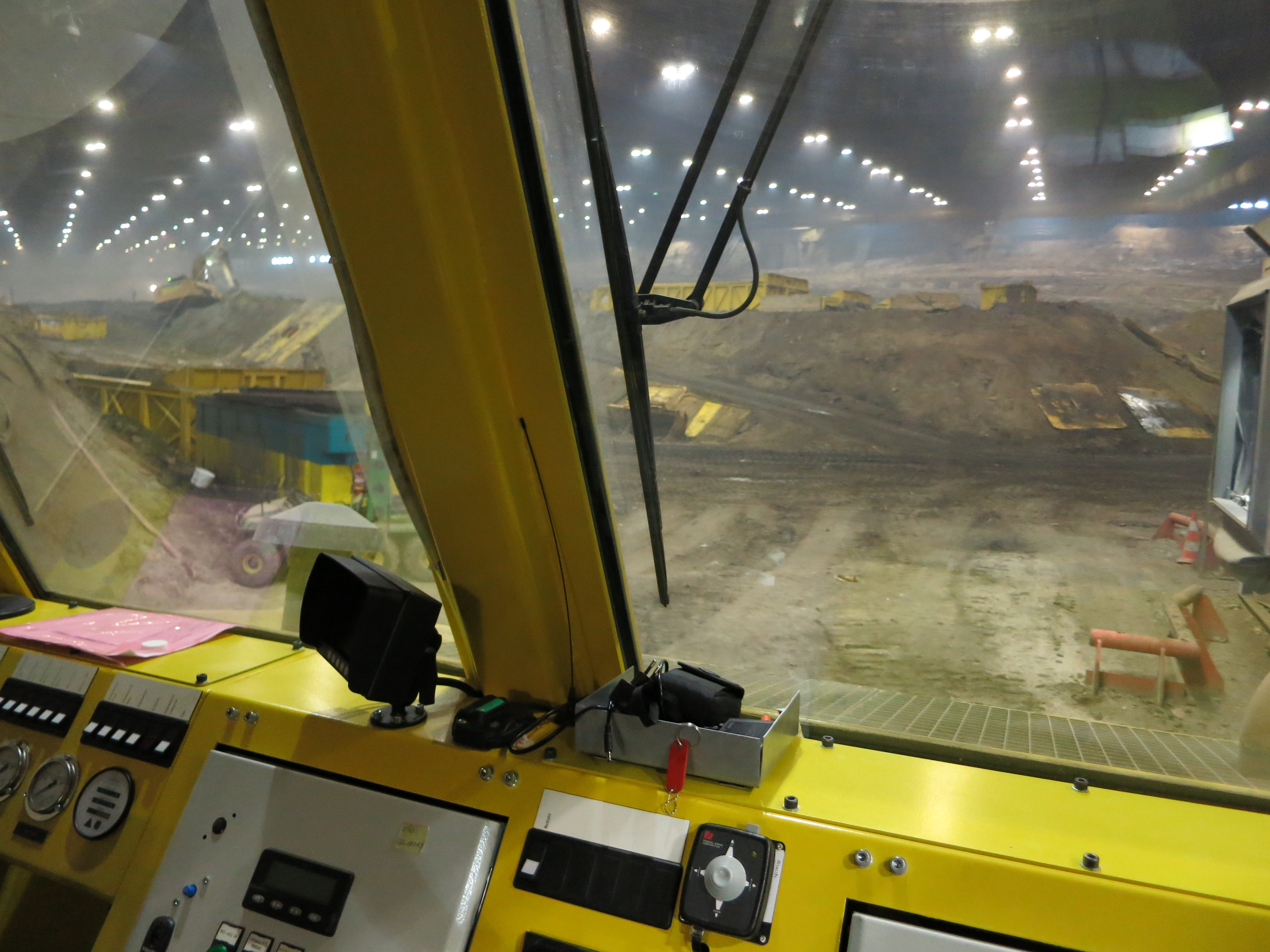
These days, Switzerland’s waste is normally recycled or incinerated – and very carefully disposed of. But people are still coping with the mistakes of yesterday in the form of contaminated soil and toxic waste dumps.
Solar panels line the highway leading to the town of Kölliken in canton Aargau; they’re a shiny indication of how times have changed in terms of environmental awareness. A sparkling brook runs along the main street, which eventually leads to the dump. The landfill – one of the largest in Switzerland – is completely enclosed, its latticework arches forming an elegant canopy over the mess below.
“I grew up here and it’s always been there; we’re used to it. It doesn’t smell or anything, and we feel safe. But it’s huge, isn’t it?” says a young waitress when asked about the landfill, which is full of toxic leftovers from the chemical and pharmaceutical industries.
In the 1970s, people thought the town’s old clay pit would make a suitable collection spot for hazardous waste. It wasn’t. Chemicals seeped into the surrounding land, and there was a terrible stench in the air. In 1985 – after 457,000 tons of waste had been deposited there – the authorities recognised the threat to residents and their groundwater and closed the dump.
“Environmental awareness was simply very different,” according to Stephan Robinson of Green Cross, an international organisation that works to free the environment of pollution.
“Before the 1960s and 1970s, there wasn’t really an understanding of the environment. But there’s been a big change of paradigm,” Robinson told swissinfo.ch.
He pointed out that Europe doesn’t landfill anymore. “The European way is to incinerate everything. Then you reduce the volume and destroy a lot of the toxic waste. The remaining toxic waste – like mercury – ends up as a concentrate in the filter ashes. So then it comes down to how you dispose of the filter ashes.”
Europe’s lack of space and the risk of assessing the geography improperly are also arguments against landfilling.
“If a landfill goes wrong, there’s always a big risk that it’ll impact nearby communities or drinking water,” Robinson said.
Good idea – for its time
“When Kölliken first opened, it was a good idea for its time. But it wasn’t executed very well,” says Benjamin Müller as he manoeuvres an air-tight tank-like vehicle through the so-called “black zone” – the hall where bucket excavators dig for hazardous flotsam. Müller is the director of the long-term project tasked with cleaning up the mess.
The “black zone” is dark and dusty. Signposts with large numbers mark the various finds – which the workers arrange in piles while chemical experts identify them. Unlike Switzerland’s other major toxic waste landfill – Bonfol in canton Jura – Kölliken is not fully automated. In Kölliken, there are people working inside the hall. They normally stay in their vehicles or observation booths, but if there’s a technical problem, they have to don their haz-mat suits and investigate.
For example, when swissinfo.ch visited, a worker had to slice open a plastic bag so that a robot could take a sample of its contents.

More
When machines can’t quite do the job
“The main challenge is to maintain the high security level that we need to work every day – and to maintain it over a number of years,” Müller explains. The haphazard way that everything got dumped is still a hazard. In 2008 – during the first year of the clean-up – a fire broke out, forcing them to stop work for months.
“The whole dump is highly contaminated, and this has caused lots of costs that we didn’t expect,” Müller says. When the Kölliken dump opened, the budget was CHF600,000 ($672,500). The budget for its clean-up is 1,000 times higher – CHF600 million – and financed mostly by taxpayers.
It is probably Switzerland’s most expensive remediation project, yet the federal authorities are satisfied with its progress.
“The execution of the clean-up is highly professional,” as Rebekka Reichlin, a spokeswoman for the Federal Office for the Environment, told swissinfo.ch. “This is one of the requirements for the clean-up project to qualify for CHF214.8 million in government funds.”
In Switzerland, contaminated sites are eligible for government funding to ensure that they are dealt with swiftly and correctly. This funding benefits cantons as well as private landowners.
The Federal Office for the Environment maintains a detailed register of these sites and the work being done to remediate them if necessary.
Switzerland is home to some 38,000 sites that are listed as polluted. Of these, about 4,000 are contaminated enough to require serious clean-up. More than 700 have already been remediated.
Special funds are available to help cover the cost when it’s not possible to bill the polluter responsible. The federal government pays up to 40% of remediation costs; the rest is paid for by the local community.
Who pays?
When there’s a site in need of clean-up, it’s not always easy to determine who should pay. Ideally, it should be the polluter. But perhaps the polluter was a company that went out of business decades ago, and somebody else bought the land.
“The issue is that many of these sites were used not only by the chemical industry, but also by communities. So the big debate is how to share the costs between the chemical industries and the communities today. Clean-up projects are costly,” says Robinson.
Cost-sharing is now a theme in canton Valais, where communities are coping with mercury pollution between Visp and Niedergesteln. Between 1930 and 1976, the chemical company Lonza went through 350 tons of mercury, 50 tons of which ended up in the local canal and polluted the soil in a residential area. Although it’s not legally obligated to, Lonza has volunteered to pre-finance measures to remedy the problem – which involves mercury levels above the environmental limit of 5mg/kg of soil.
According to a joint media release prepared by the canton Valais authorities in cooperation with Lonza, “By pre-financing these measures, Lonza intends to act as a socially engaged actor without admitting liability for the pollution of the plots in question. This gesture is motivated by the urgency of the situation”.
It’s still early days, but Reichlin of the Federal Office for the Environment has a good impression so far.
“In our opinion, the process is on the right track. The priority objectives, such as detailed investigative measures and the assessment of remediation needs, have been addressed and are now progressing,” Reichlin said. The environment office maintains a detailed register of all of Switzerland’s polluted sites. (See box.)
Similar to Lonza, pharmaceutical company Novartis has volunteered to clean up a site contaminated with lindane in France; it’s located on the River Rhine just over the border from Basel. Once a pesticide plant, the site was purchased by Sandoz, which later became Novartis.
The idea is for the site to become a park, but the project is on hold after lindane, which is extremely volatile, was measured in the air in August 2013.
“The French forgot to inform the Swiss and the Germans, and our regulator was caught off guard because lindane is a very exotic substance,” said Robinson, who lives about 300 metres from the project and thinks that the work so far has been done well.
Back to green?
Every day, workers in Kölliken dig up 400-600 tons of waste, which they load into sturdy containers and ship to Zurich, Germany and the Netherlands for incineration.
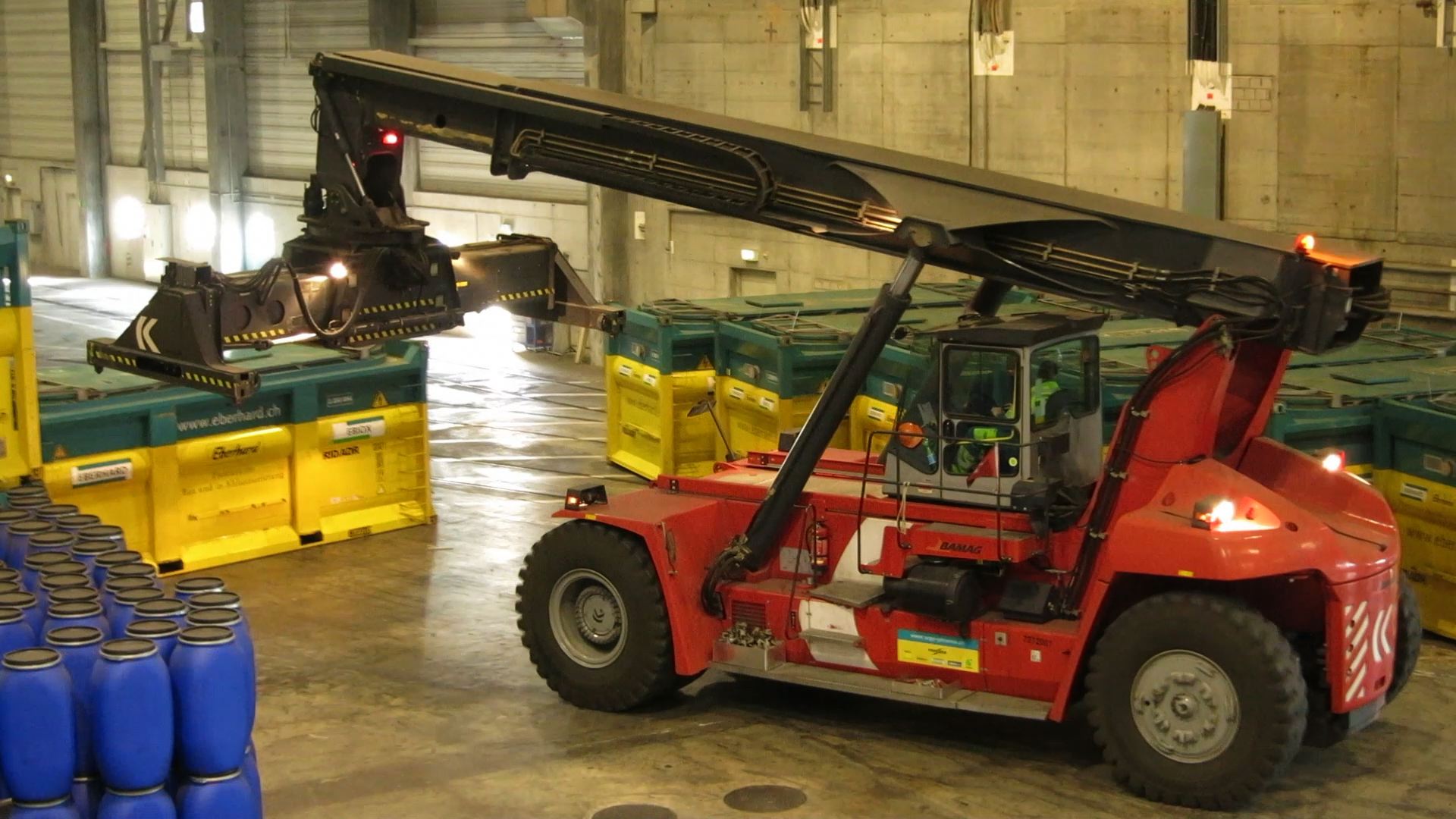
More
Containers hold the waste waiting for disposal
Kölliken’s landfill is in the middle of a village, so shielding residents from dangerous or unpleasant side effects is a priority.
“We have ensure that they’re not disturbed by the remediation work. There can’t be any odours or chemical waste emissions – or noise, for that matter,” says Müller.
Clean-up should be complete by 2016. After that, the facility will be scrubbed down and dismantled. Müller predicts that by 2020, there could be a green field in its place.
A short walk from the dump in Kölliken, a man with a white moustache loads firewood into a car. Asked whether the sheep in the field behind him might someday be able to graze where the dump now is, he laughs.
“I doubt it. It will probably be used for industry,” he predicts. It turns out that his parents – who used to live across the street – were practically the only ones to raise an objection when plans to create the landfill were announced.
“People thought my father was crazy,” the man says, “But he was right. It stank so horribly. And now this big clean-up!”

In compliance with the JTI standards
More: SWI swissinfo.ch certified by the Journalism Trust Initiative










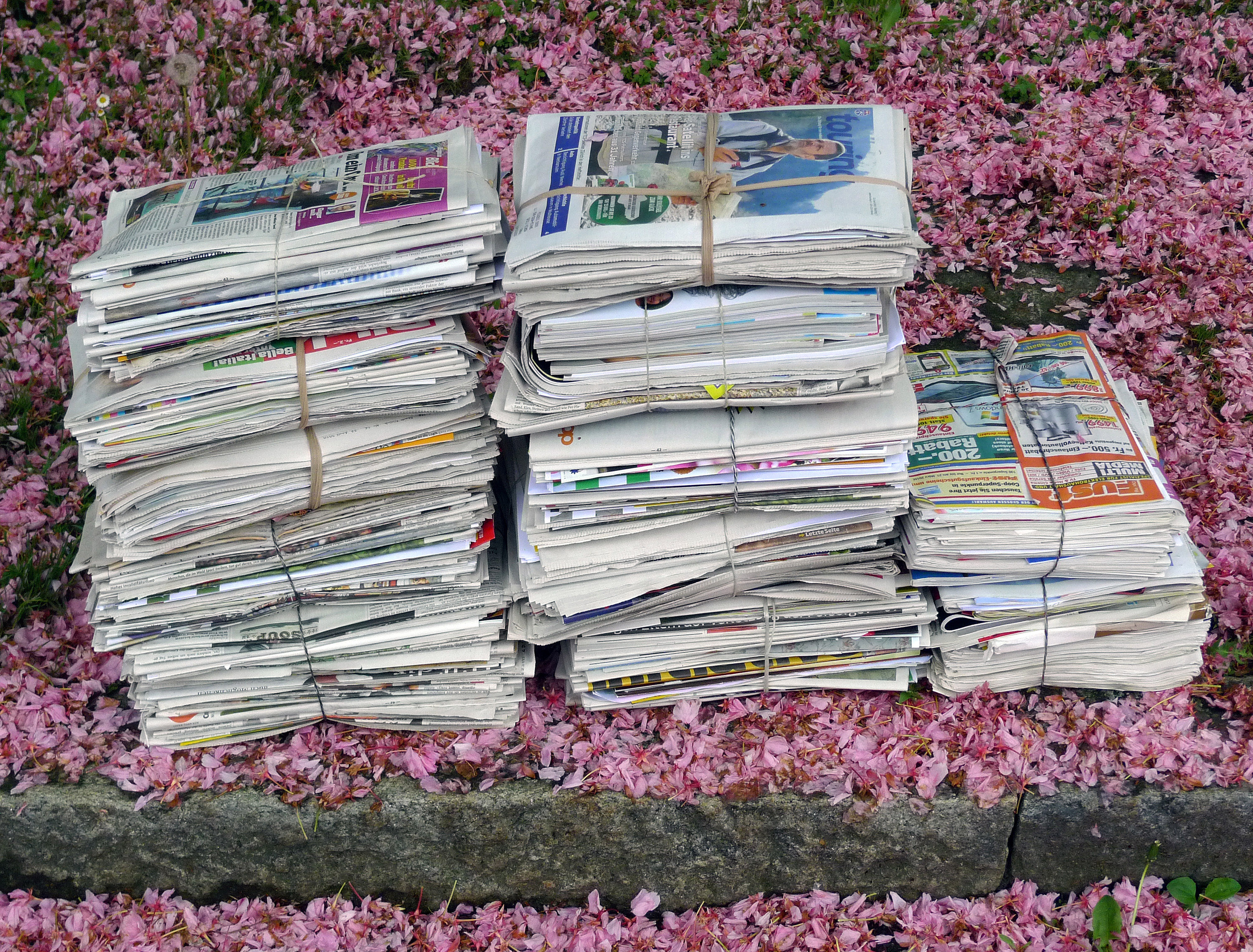
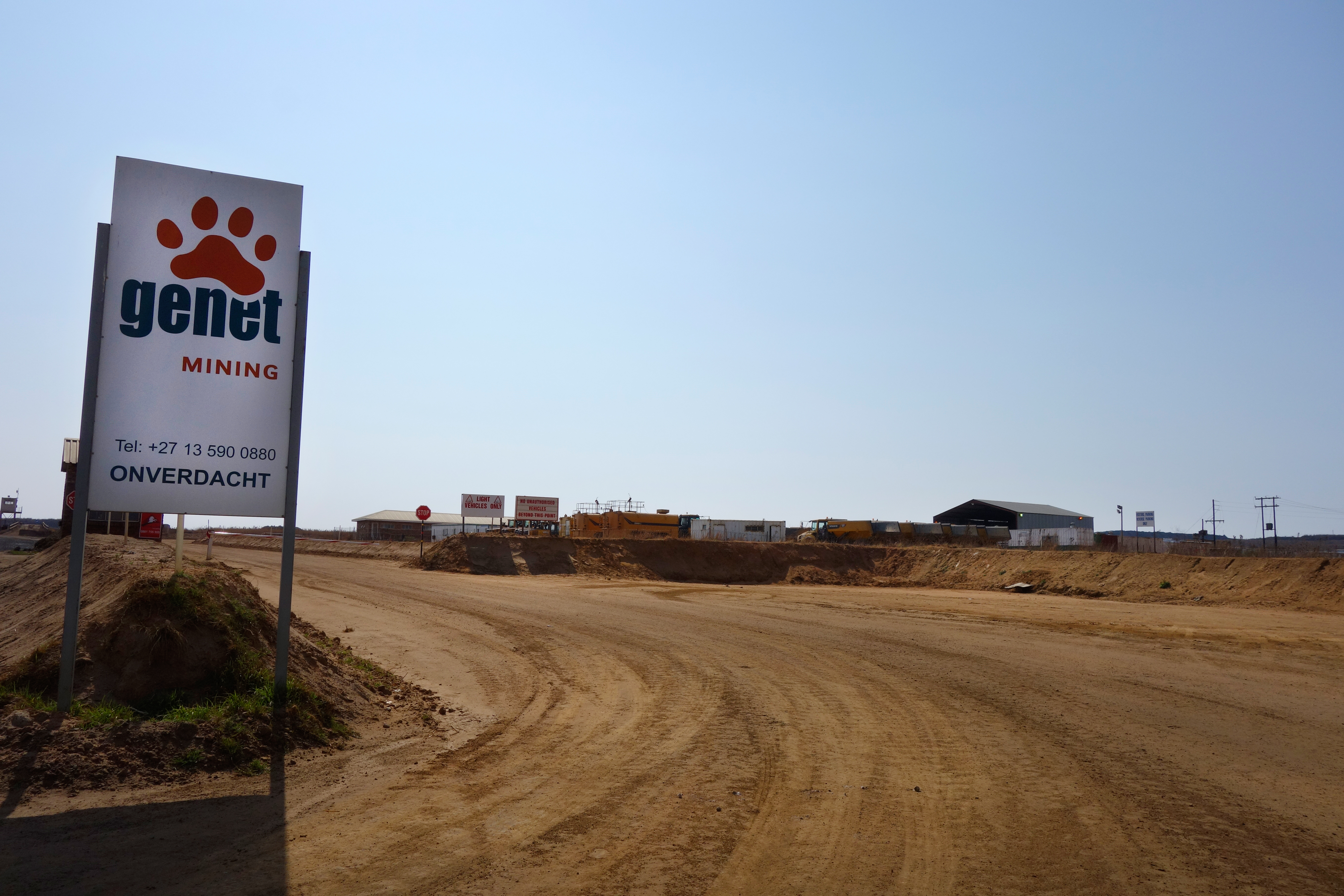
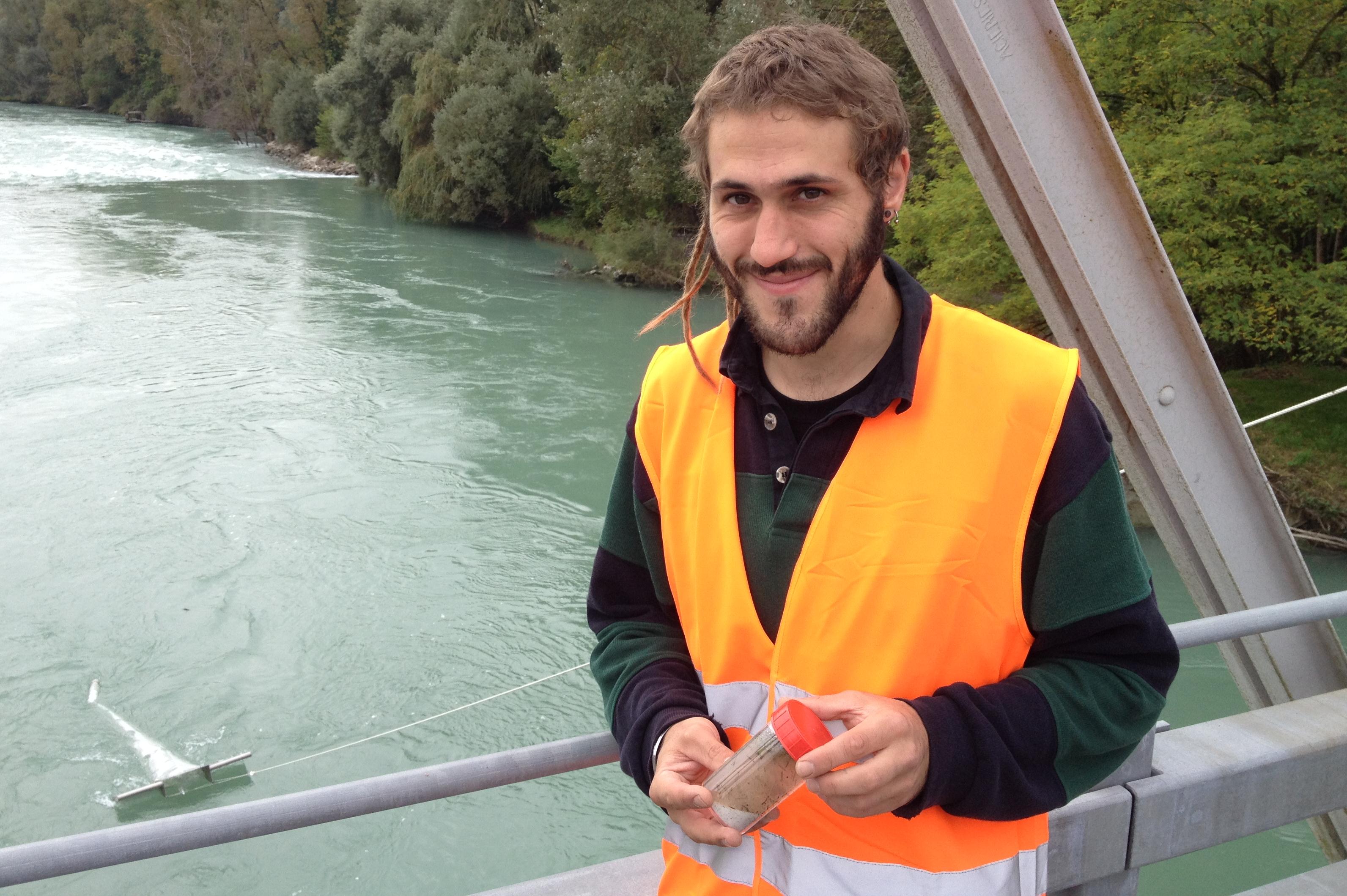

You can find an overview of ongoing debates with our journalists here . Please join us!
If you want to start a conversation about a topic raised in this article or want to report factual errors, email us at english@swissinfo.ch.